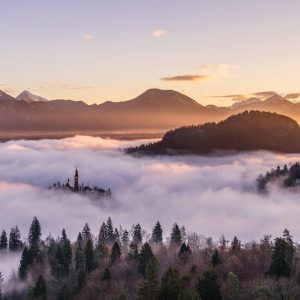
We create unforgettable adventures, customized for your group.
Leh and Ladakh, nestled in the northernmost region of India, are two mesmerizing destinations renowned for their rugged landscapes, stark beauty, and rich cultural heritage.
Leh, the capital of Ladakh, sits at an altitude of over 3,500 meters, surrounded by majestic mountains and breathtaking valleys. Its ancient monasteries, such as Thiksey Monastery and Hemis Monastery, stand as testament to the region’s deep-rooted Buddhist traditions. Visitors to Leh can explore its vibrant markets, where colorful textiles, handicrafts, and local delicacies offer a glimpse into the region’s unique culture.
Ladakh, often referred to as “The Land of High Passes,” captivates travelers with its otherworldly scenery and remote charm. From the azure waters of Pangong Lake to the lunar-like landscapes of Nubra Valley, every corner of Ladakh offers a sense of awe and wonder. Adventurers flock to Ladakh for thrilling treks amidst towering peaks, including the iconic Markha Valley trek and the challenging Stok Kangri expedition.





The best time to visit Leh Ladakh is during the summer months, from May to September, when the weather is mild and the roads are accessible. However, some travelers also visit during the winter months to experience the region's unique charm and participate in winter sports activities.
es, Indian tourists and foreigners require special permits, known as Inner Line Permits (ILP) or Protected Area Permits (PAP), to visit certain restricted areas in Leh Ladakh, including Nubra Valley, Pangong Lake, and Tso Moriri Lake. These permits can be obtained online or from designated authorities in Leh town.
When packing for Leh Ladakh, it's essential to include warm clothing, especially during the nights and at higher altitudes, as temperatures can drop significantly. Other essentials include sunscreen, sunglasses, sturdy walking shoes, a reusable water bottle, and any necessary medications for altitude sickness.
To acclimatize to the high altitude of Leh Ladakh, it's recommended to take it slow upon arrival, allowing your body time to adjust gradually. Avoid strenuous activities during the first couple of days, stay hydrated, and consider drinking coca tea or taking medication for altitude sickness if necessary.
Traveling to Leh Ladakh involves exposure to high altitude, which may pose health risks such as altitude sickness. It's essential to be aware of the symptoms of altitude sickness, including headache, nausea, and fatigue, and seek medical attention if needed. Additionally, travelers should drink plenty of water, avoid alcohol and heavy meals, and consult a healthcare professional before traveling if they have any pre-existing medical conditions.